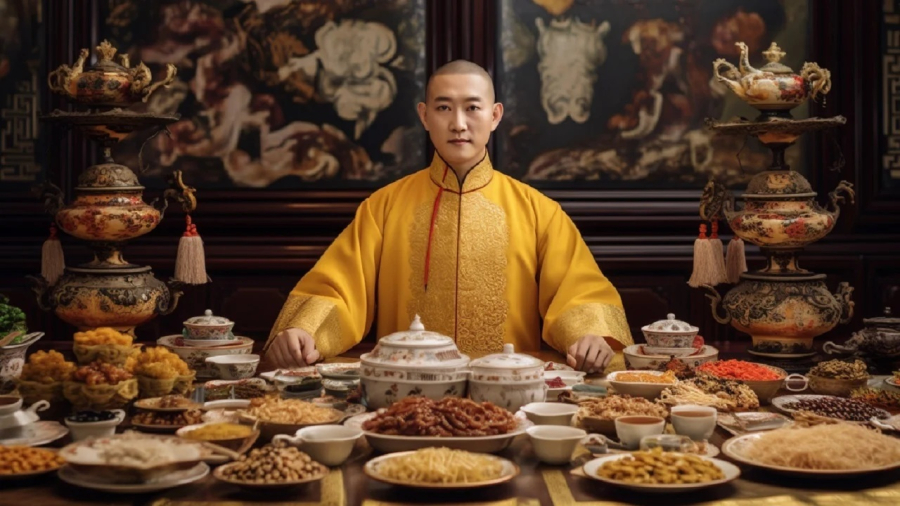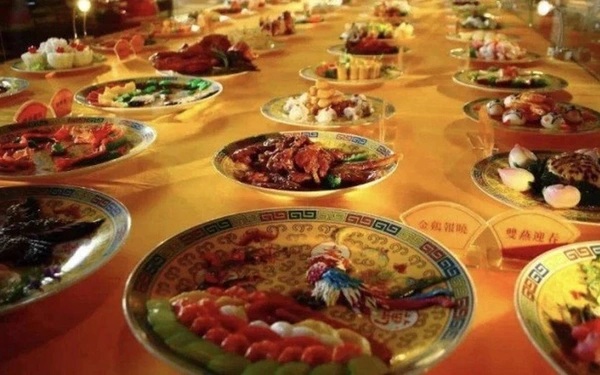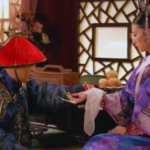In Chinese historical dramas, there are often scenes of lavish feasts enjoyed by emperors. In feudal China, the emperor held the highest position of power, and every aspect of their daily life was carefully attended to, especially when it came to food.

Each dynasty had its own standards for meals. For example, during the Ming dynasty, Emperor Zhu Yuanzhang required each meal to have large pieces of meat. In the Qing dynasty, the emperor’s standards became even more extravagant, with 4 main dishes and 2 soups for every meal.
In addition to dishes made from chicken, duck, goose, pork, fish, and seasonal vegetables, there were also delicacies like exotic fruits and rare flowers.
In the famous memoir “Half of My Life” by Puyi, the last emperor of the Qing dynasty, he revealed the astonishing truth. The amount of silver spent on his meals during his reign was nearly 15,000 tael per year.
Such extravagant spending was due to the strict rules set during the Qing dynasty. The emperor’s dining table had to have 120 dishes, the empress had 96 dishes, and the concubines had 64 dishes.

During meals, the emperor had to follow a series of elaborate procedures. They were not allowed to freely eat according to their preferences, but were only allowed to take up to 3 bites of each dish. This ensured that the emperor’s preferences remained secret and protected them from potential poisoning.
Secondly, the leftovers would be given to the palace women and eunuchs. However, the emperors of old were not aware of this unique method of handling leftovers.
In reality, if the uneaten dishes were not specifically designated for someone, they would become targets for competition among the palace women and eunuchs. They would secretly hide the emperor’s leftovers and sell them to the outside world.


































